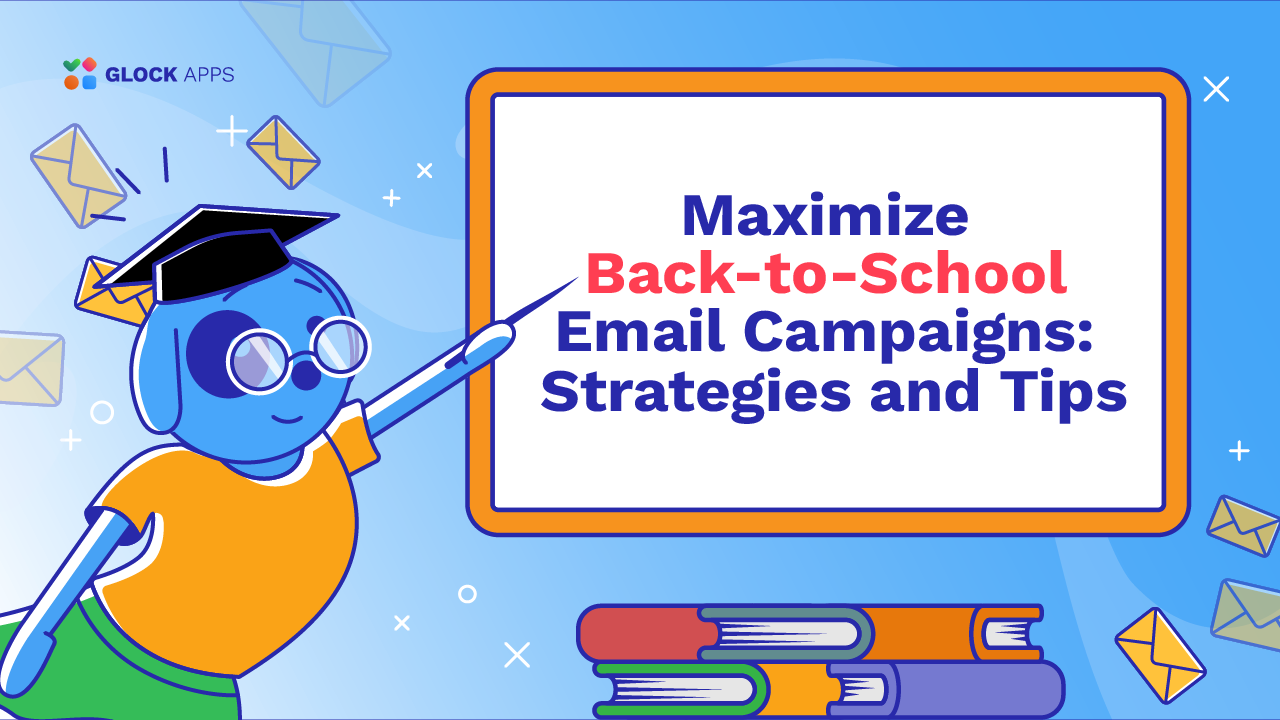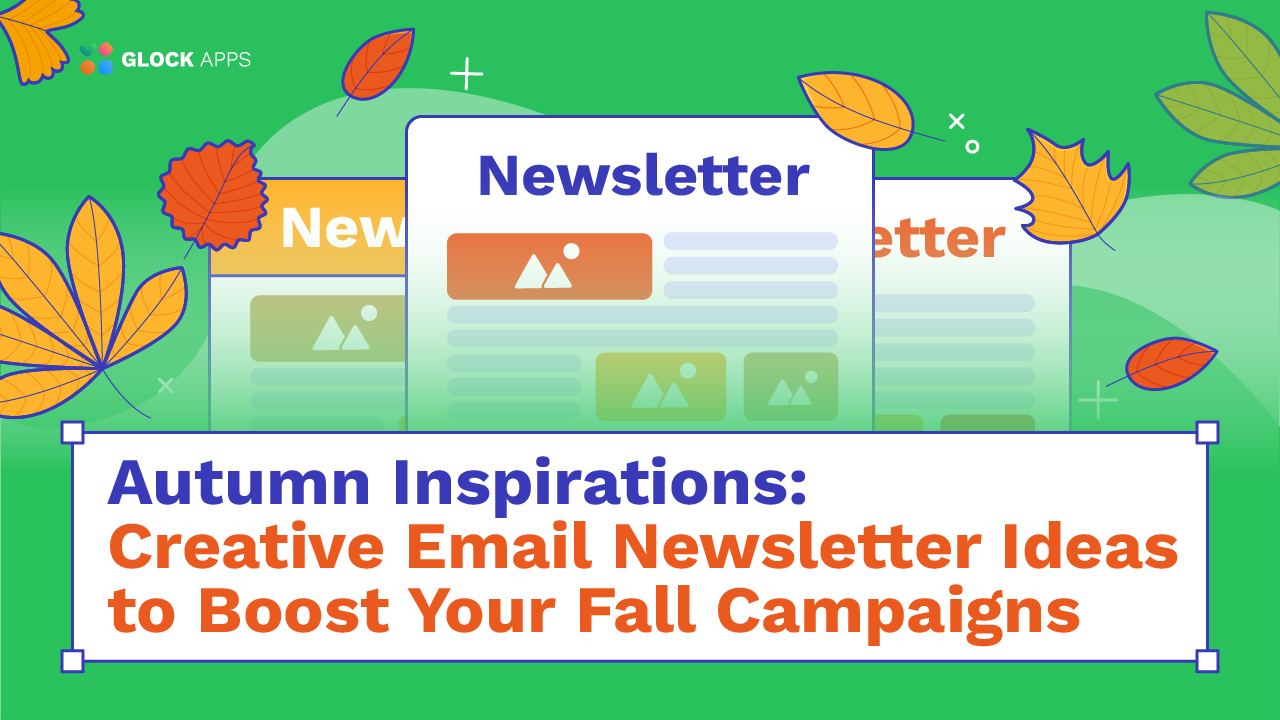Higher Education Email Marketing: How to Connect with Students and Alumni

Estimated reading time: 5 minutes
The digital landscape of higher education has changed dramatically. Students, parents, alumni, and faculty expect consistent, personalized communication from institutions. That’s where email marketing for higher education comes in. With email, colleges and universities can build relationships, boost enrollment, and strengthen their communities.
Why Email Marketing Matters for Educational Institutions
1. Direct and Personalized Communication.
Unlike social media or paid advertising, email lands directly in the inbox. Prospects and students are more likely to notice, open, and act on a message addressed specifically to them.
2. Cost-Effective and Scalable.
Email campaigns require relatively low investment compared to print or events. Once set up, automation allows institutions to send thousands of personalized emails with minimal effort.
3. High ROI for Universities and Schools.
Email consistently outperforms other channels in terms of return on investment. For universities working with limited marketing budgets, this is crucial.
4. Multi-Purpose Flexibility.
From admissions updates to campus news, event reminders, fundraising campaigns, and alumni engagement. Email supports every aspect of higher education communication.
Building a Strong Foundation
Grow an Opt-In Email List
- Offer sign-up opportunities on websites, application portals, campus events, and virtual tours.
- Use lead magnets like program brochures, scholarship guides, or newsletters.
- Always use consent-based signups to build a compliant, high-quality list.
Segment Your Audience
Higher ed email marketing works best when messages are tailored. Segment contacts into categories such as:
- Prospective students (by program of interest, geography, or stage in the application funnel).
- Current students (undergraduate, graduate, or international).
- Faculty and staff.
- Alumni and donors.
Personalize Every Message
Move beyond “Dear Student.” Include program names, deadlines relevant to the recipient, or updates about their chosen field of study. Personalized emails show that your institution values each individual.
Crafting Effective Campaigns
Engaging Subject Lines
Subject lines should be short, urgent, and value-driven. Examples:
- “Your Application Deadline Is Approaching”
- “Welcome to Campus Life: What to Expect”
- “Exclusive Alumni Event Invitation”
Mobile-Friendly Design
Most students check their email on their phones. Always use responsive templates that adapt to smaller screens.
Clear Calls-to-Action (CTA)
Each email should focus on one goal. Whether it’s “Apply Now,” “Confirm Attendance,” or “Donate Today,” a single, clear CTA drives higher conversion rates.
Concise, Scannable Content
Students and alumni skim. Break up content with:
- Headers
- Bullet points
- Short paragraphs
- Visuals such as photos, infographics, or video snippets
Design that Reflects Your Institution’s Identity
In university email marketing, design plays a critical role in building recognition and trust. Use your school’s colors, fonts, and logo consistently so every message feels like part of the same brand experience.
Keep layouts clean and uncluttered, with plenty of white space to improve readability.
Visual hierarchy matters: headlines should draw attention, images should support the story, and CTAs should stand out clearly.
Accessibility is also key, ensure fonts are easy to read, contrast is strong, and images include alt text so every recipient, including those using screen readers, can fully engage.
Designing an email can be a challenge, especially when you’re not sure how it will look like across different platforms. Test your emails with GlockApps’ HTML Checker and get detailed content analysis.
Automation for Enrollment and Engagement
Admissions Funnels:
- Welcome emails when someone requests information.
- Follow-up reminders about deadlines or incomplete applications.
- Campus tour invitations with easy RSVP links.
Student Onboarding:
- Send checklists before orientation.
- Provide housing, course registration, and financial aid updates.
- Offer support resources during the first semester.
Alumni and Donor Campaigns:
- Share success stories and milestones.
- Invite alumni to career panels or networking events.
- Launch donation campaigns tied to specific initiatives.
Measuring Success in Higher Ed Email Marketing
Track these key performance indicators:
- Click-Through Rates (CTR): Reveal how compelling your content and CTA are.
- Conversion Rates: Show real impact, applications submitted, events attended, or donations received.
- Unsubscribe Rates: Indicate if your messaging needs refinement.
Email Deliverability: Keep a precise track of your email deliverability. You don’t want to end up in a situation where the letters to thousands of students end up in their spam folders. Test it with GlockApps and get in-depth reports and recommendations.
Consistent analysis allows you to test, refine, and optimize for better outcomes.
Conclusion
Email marketing for higher education isn’t just about sending newsletters; it’s about building trust, supporting student journeys, and maintaining lifelong relationships with alumni. By focusing on personalization, segmentation, and automation, universities and colleges can turn inboxes into gateways for growth, retention, and community building.
When done well, education email marketing transforms communication into connection, and connection into lasting impact.
FAQ
It’s one of the most cost-effective ways to communicate directly with students and stakeholders. Email builds trust, boosts enrollment, and strengthens community ties.
Institutions can collect sign-ups through website forms, application portals, campus events, virtual tours, and downloadable resources like brochures or guides.
Common examples include admission updates, application reminders, orientation guides, campus news, alumni newsletters, and fundraising campaigns.



